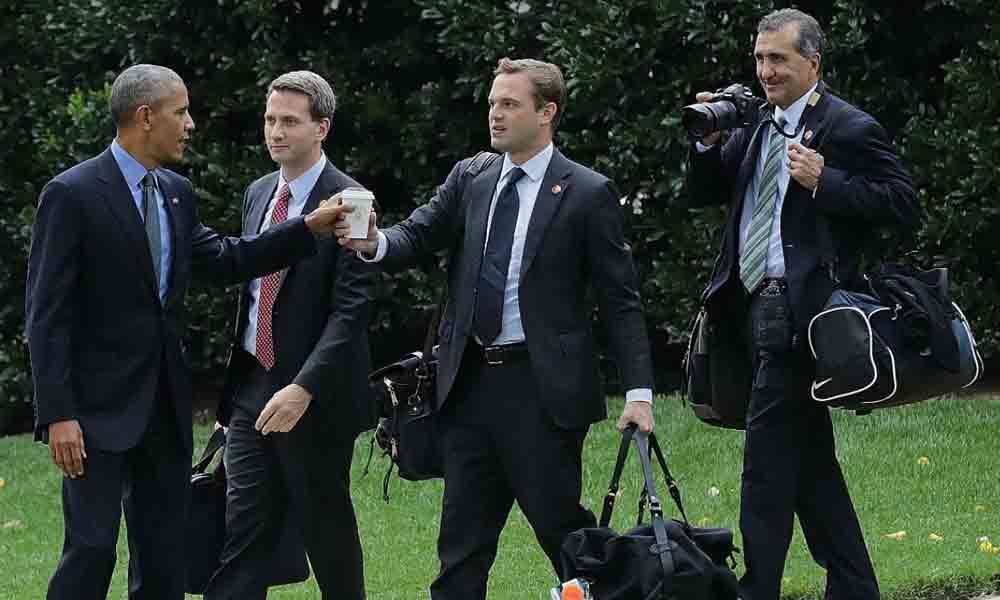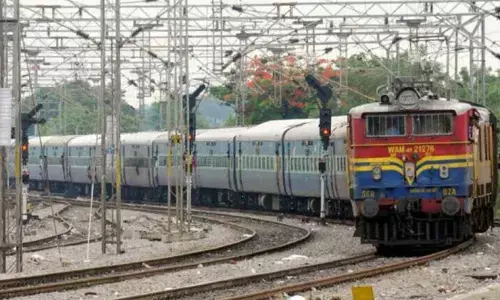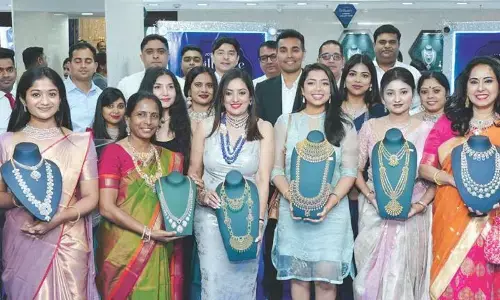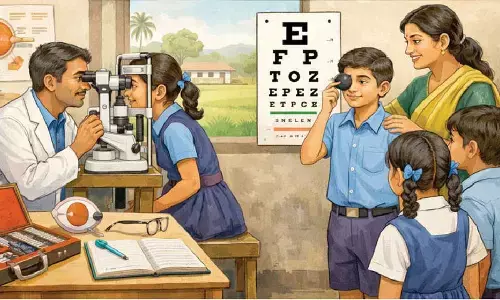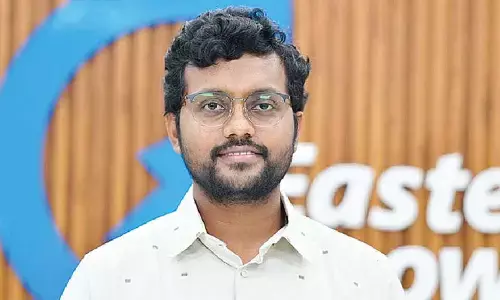Setting the right frame!
Pete Souza, the Chief Official White House photographer, travelled with former President Barack Obama to document each meeting, trip and encounter for the historical record. His candid images were shared widely on social media throughout President Obama's eight-year tenure. Pete was recently in Hyderabad to conduct sessions on photography as part of PEP Photo Summit.
The fourth edition of PEP Photo Summit, Asia's largest photography learning convention, had the renowned American photojournalist Pete Souza as the keynote speaker at the event. Pete, the former Chief Official White House Photographer for US Presidents Barack Obama and Ronald Reagan shared the art and science of photography at PEP.
Pete visited India twice, however, this is the first time he came to Hyderabad. "I liked the city very much. We got to walk around Charminar and the markets around the monument are really a visual delight."
About the PEP summit, he said, "I was at Lynci Alider's presentation and the crowd looked very attentive. Professional photographers were part of the audience, they asked enthusiastic questions and I sort of got a sense of the type of people I would be talking to."
Pete conducted two sessions on the third day of the summit. "The first session was about shade and how I have become an outspoken critic of the current president, comparing things with some of the things that he said with President Obama. The second presentation that I had in the afternoon focused on Obama and his presidency."
Working with the President at the White House and making their tenure memorable is something Pete is known for; when asked about which president was photogenic and who was really fun to work with he said: "I think it was President Obama, just because of his mannerism and the way he used to behave with people was probably more natural than President Ray (Ronald Reagan) as he was his 70's. I knew Obama closely so certainly that would be the reason I would choose him."
Pete recently came out with two photo book – 'Obama: An Intimate Portrait', and 'Shade: A Tale of Two Presidents'.
Every picture has something to say and on asking Pete about what it takes for a picture to be called world class he said, "For me, it is something that has a unique moment and has some artistic flaunts."
"No matter what I photograph nothing has really changed be it the White House with the president, war zones, etc. My approach hasn't changed. I am not a different kind of photographer in each of those circumstances; it is the same way of which is looking for spontaneous images, convey the mood and the motion of it."
Explaining his experiences in the war zone he said, "I was very scared. I think that Afghanistan war made me realise that I am not meant to be a war photographer. But I am glad that I had those experiences which showcased the real insight to what it means to be at war and being on the front line of war."
The world has transitioned to digital and about the difference Pete finds in film and digital, he said, "I started out shooting with a film-like anyone else in my generation. I think digital is much easier in terms of the processing aspect. The challenge with digital photography is storage and making sure that you're adequately backed-up in multiple places as in film you don't have to worry about that. Your negatives ate your negatives and you can check those."
"The quality of the digital cameras now is so good; I think that it is only the aesthetic choice to use film. I have some of my friends who are still shooting on black and white film and it is an aesthetic decision to take."
Talking about mobile photography Pete shared, "I think there is a lot of good and bad mobile photography. I think it depends on that particular person that's creating these images. Smartphones have such a good camera these days. Some people don't really know how to use them, just because you have a good camera that doesn't mean the pictures would be good. I also think that it also depends on the person who is framing it and clicking the picture."


